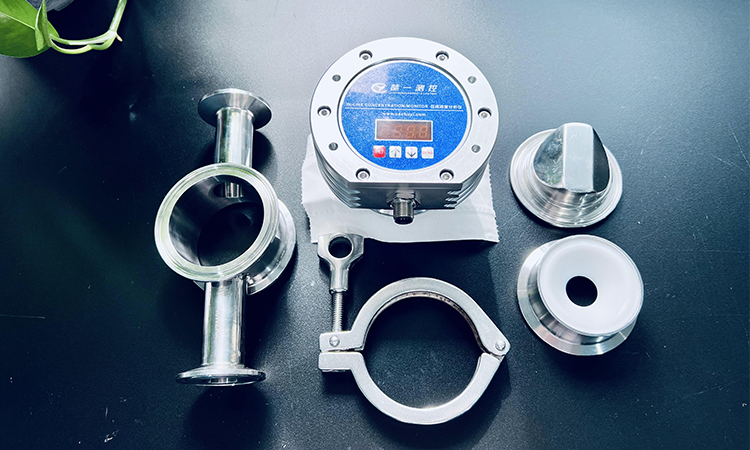
In the process of water treatment, sodium hypochlorite is a commonly used disinfectant to eliminate bacteria and other harmful substances. However, in practical operations, both high and low concentrations of sodium hypochlorite can affect the effectiveness of water treatment. Therefore, monitoring the concentration of sodium hypochlorite is very important.
To solve this problem, using an inline refractometer is a common method. The inline refractometer can directly detect the concentration of sodium hypochlorite in the pipeline, enabling real-time monitoring and feedback. The instrument uses high-precision optical sensors and intelligent algorithms to accurately measure the concentration of sodium hypochlorite, and achieve rapid data transmission and analysis.
Using an inline refractometer for sodium hypochlorite concentration monitoring has many advantages. Firstly, it can achieve high-precision measurement, accurate to two decimal places, meeting the requirements of various water treatment situations. Secondly, it can achieve real-time monitoring and feedback, allowing for timely detection and correction of situations where the concentration is too high or too low. In addition, using an inline refractometer can avoid human error and data acquisition problems, thus improving the reliability and accuracy of monitoring data.
In summary, using an inline refractometer to detect the concentration of sodium hypochlorite in the pipeline is a fast, accurate, and reliable method, which can improve the efficiency and quality of the water treatment process.


